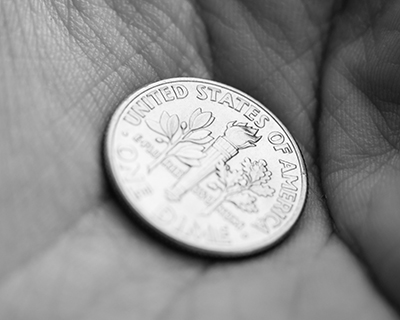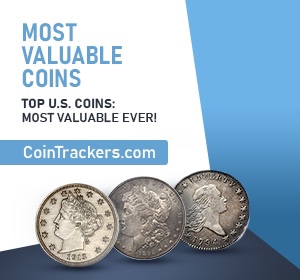Home > Articles > Ways to Find Junk Silver
Top 9 Ways to Spot Counterfeit Coins
If you are new to collecting, spotting a counterfeit coin is next to impossible. This list of top 9 ways to spot a counterfeit coin takes just a few minutes to read but could potentially save you thousands of dollars.
1.) Weight
Every coin the United States has ever minted has a publicly known weight. Learn all about specs for Pennies, Nickels, Dimes, Quarters, & Dollar Coins
2.) Diameter / Thickness
Again these specs are already known and listed here on our website. Compare the coin you are inspecting and make sure it checks out.

3.) Edge
Each coin has a specific edge type. For the most part coins are either reeded, or not reeded. There are also instances of coins with lettering on the edge as you might see with modern presidential dollars.
4.) Design
This one is pretty obvious and you may have already tried it. Simply use Google Images to compare the coins front and back (obverse / reverse) to images of coins in circulation.
5.) Relief
Mint issued coins will have sharp well defined reliefs. Counterfeit coin dies may be copies of authentic coins, and thus have less brilliantly sharp features.
6.) Texture
The surfaces of professional coins are smooth and often have what collectors call luster. Counterfeit coins will likely have a grainy or uneven surface texture.
7.) Mint Marks
Make sure the mint marks match up exactly with the size, shape, and clarity of an authentic coin.
8.) Patina
Patina also referred to as toning is a feature that takes decades. A newly minted counterfeit will have no patina or possibly fake patina that has been created by spraying a coin's surface with a substance like vinegar.
9.) Sound
Genuine coins have a specific sound they make when struck. Counterfeit coins will often have a flat or dull sound when struck or dropped.
Share this page to your favorite social media account so you can access it later when you need more help on this subject.


